Site author Richard Steane
The BioTopics website gives access to interactive resource material, developed to support the
learning and teaching of Biology at a variety of levels.
|
Site author Richard Steane
|
The BioTopics website gives access to interactive resource material, developed to support the
learning and teaching of Biology at a variety of levels.
|
|

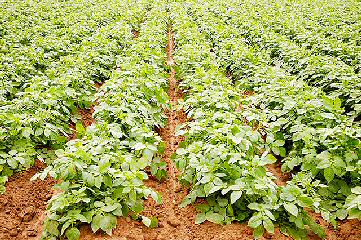 Potato growers plant small potatoes ("seed potatoes") in fields then let them sprout roots and shoots from which potato plants grow above the soil.
Potato growers plant small potatoes ("seed potatoes") in fields then let them sprout roots and shoots from which potato plants grow above the soil.
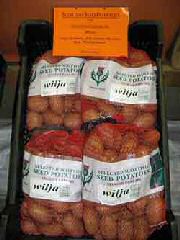
|
Is the term "seed potato" a good one? > No as they are not seeds - just small potatoes >Seeds may be formed if a potato plant flowers (often white or purple) and produces fruits looking like tomatoes (like tomatoes, they are in the Solanaceae which includes the deadly nightshade!). These poisonous fruits contain seeds which may germinate and grow into plants which vary from one another. Why do seed potatoes from Scotland have good reputation? > As they are grown in cooler places the parent plants are less likely to have been bitten by aphids which spread virus diseases - also they are more likely to be smaller |
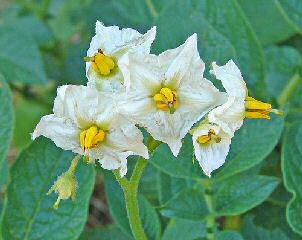
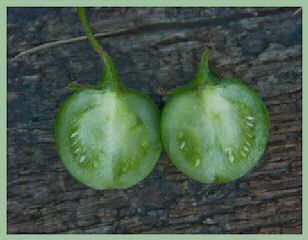
|
 |
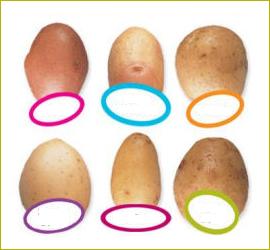
|
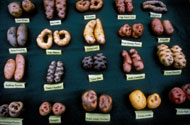 |
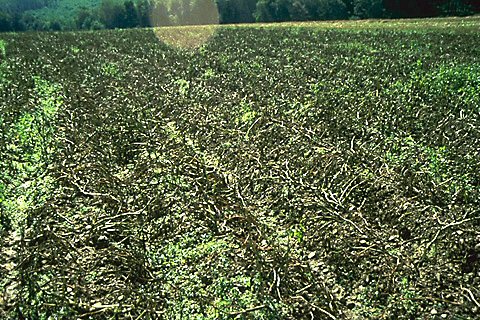 In 1845-1852, a great famine occurred, principally affecting Ireland. This was caused by yields of potatoes being dramatically reduced by a disease called potato blight. Potato blight is caused by an organism Phytophthora infestans which used to included in the Fungi kingdom but is now classified with the Protoctistans. This, together with a number of political constraints, had major consequences including mass starvation, and resulted in the emigration of many Irish people to other parts of the world.
In 1845-1852, a great famine occurred, principally affecting Ireland. This was caused by yields of potatoes being dramatically reduced by a disease called potato blight. Potato blight is caused by an organism Phytophthora infestans which used to included in the Fungi kingdom but is now classified with the Protoctistans. This, together with a number of political constraints, had major consequences including mass starvation, and resulted in the emigration of many Irish people to other parts of the world.
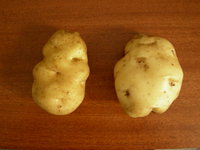 See if you can find out what variety of potato was grown on Ireland at the time, and how much potato per day did people in Ireland eat in the 1800s.
See if you can find out what variety of potato was grown on Ireland at the time, and how much potato per day did people in Ireland eat in the 1800s.